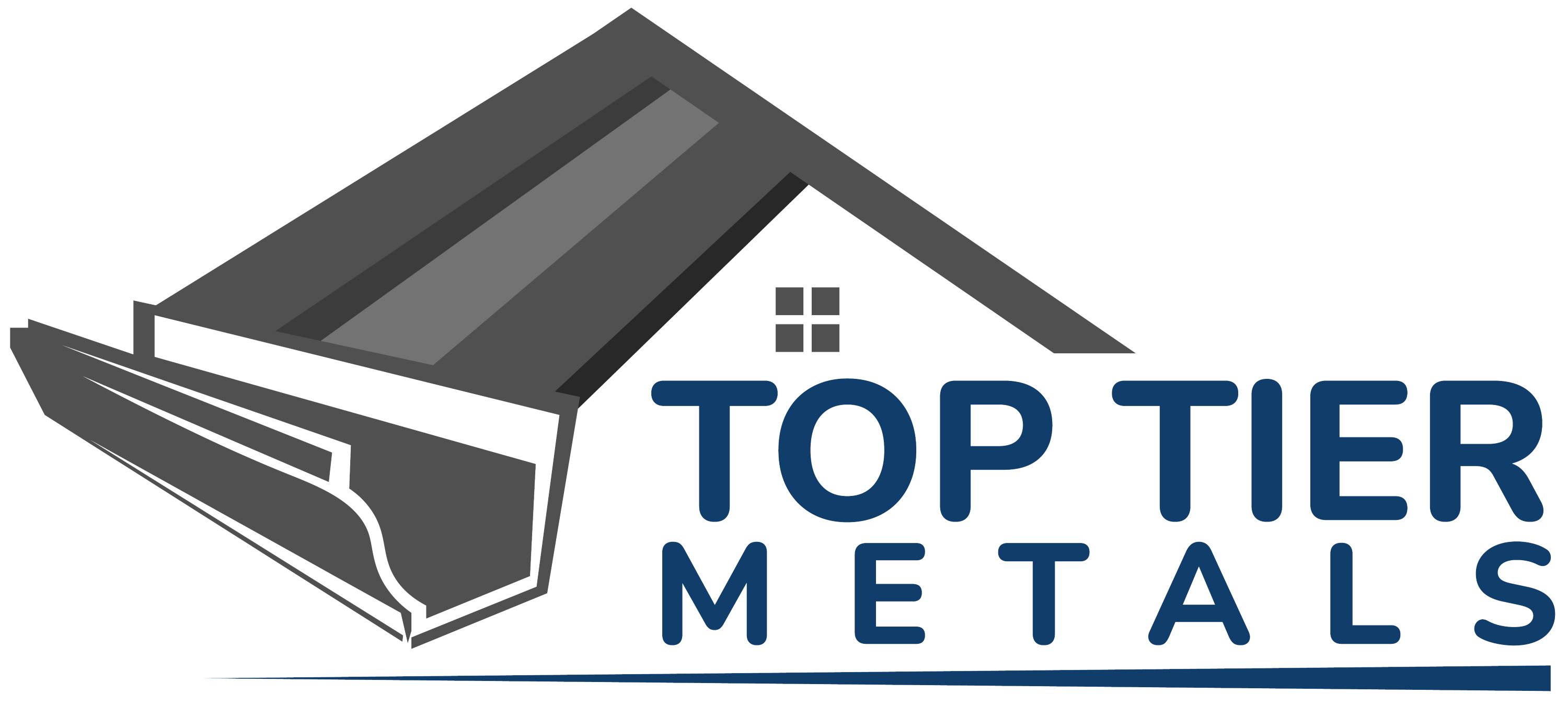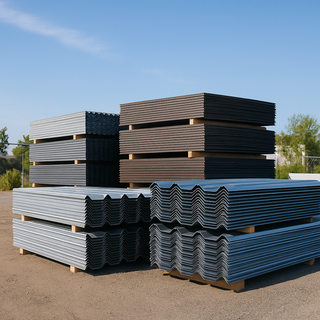When it comes to roofing low-slope or flat structures, homeowners and builders face unique challenges—most notably in moisture management, structural drainage, and long-term durability. Traditional roofing systems like asphalt shingles are often ineffective or outright prohibited for these roof pitches. Fortunately, metal roofing offers a range of advanced styles and systems that are ideal for low-slope and flat roof applications.
This extensive guide will walk you through the best metal roofing styles for low-pitch or flat roofs, their technical advantages, common pitfalls to avoid, and how to make the right long-term decision for your property.
1. Understanding Roof Pitch and Why It Matters
Roof pitch refers to the angle of your roof, typically expressed as a ratio (e.g., 3:12 means the roof rises 3 inches for every 12 inches of horizontal distance).
Common pitch categories:
-
Flat roofs: 0:12 to 2:12
-
Low-slope roofs: 2:12 to 4:12
-
Steep-slope roofs: 4:12 and up
The lower the pitch, the slower water drains off the surface. This increases the risk of standing water, leaks, and premature failure—especially with porous or overlapping materials like asphalt shingles.
2. Why Shingles Are a Poor Choice for Low-Slope Roofs
Shingles rely on gravity and overlapping layers to shed water. On low-pitched roofs:
-
Water tends to pool between seams
-
Wind-driven rain can easily penetrate
-
Ice dams and debris exacerbate moisture issues
-
Manufacturers often void warranties below a 4:12 pitch
3. Why Metal Roofing Excels on Low-Pitch Roofs
Metal is one of the few roofing options that performs exceptionally well on low-sloped roofs, provided it's installed correctly and the right profile is chosen.
Key Benefits:
-
Continuous Panels: Reduce seams and entry points for water.
-
Non-Porous Surface: Won’t absorb moisture.
-
Durable Coatings: Protect against corrosion and UV.
-
Lightweight: Minimizes stress on flat or engineered structures.
4. Best Metal Roofing Profiles for Low-Slope and Flat Roofs
Here are the most trusted and high-performance styles for low-pitch metal roof installations:
✅ Standing Seam Metal Roof (Mechanically Seamed)
-
Best For: 0.5:12 and up (with double-lock seams)
-
Design: Panels locked together with concealed fasteners and a mechanical seaming tool.
-
Benefits:
-
100% waterproof with proper seaming and underlayment
-
Clean modern appearance
-
Hidden fasteners eliminate leak points
-
-
Notes: Requires experienced installers and precise slope calculations
✅ Snap-Lock Standing Seam
-
Best For: 3:12 and up
-
Design: Similar to mechanically seamed, but the panels snap into place without tools.
-
Benefits:
-
Faster installation
-
No exposed fasteners
-
-
Notes: Not ideal for very low slopes or heavy snow areas
✅ Corrugated Metal Roofing with Sealant and Underlayment
-
Best For: 3:12 and up
-
Design: Exposed fastener system using overlapping ridged panels
-
Benefits:
-
Economical
-
Lightweight
-
Widely available
-
-
Notes:
-
More prone to leaks if not properly sealed
-
Regular maintenance of fasteners required
-
✅ TPO or PVC with Metal Capping (Hybrid)
-
Best For: Commercial flat roofs or retrofits
-
Design: Flat membrane systems topped with decorative metal edges or caps
-
Benefits:
-
Extremely waterproof
-
Metal visual appeal without full metal surface
-
-
Notes:
-
More common in commercial applications
-
5. Underlayment Systems: The Silent Hero
Regardless of your roof profile, underlayment is crucial for low-slope installations.
Recommended Options:
-
High-temp synthetic underlayments for metal panels
-
Peel-and-stick waterproof membranes in critical areas (valleys, eaves, penetrations)
-
Ice and water shields to block ice damming
6. Common Mistakes to Avoid
-
Skipping slope requirements: Not all standing seam panels are created equal. Always check the minimum slope recommended by the manufacturer.
-
Improper seaming: Poorly crimped or fastened panels are prone to leaks and wind uplift.
-
Ignoring fastener maintenance: For exposed systems, screws can back out over time.
-
Poor ventilation: Even flat roofs need airflow to prevent condensation buildup under the panels.
7. Choosing the Right Installer
Installing metal roofing on a low-slope roof is not a DIY-friendly project. Choose a roofing contractor who:
-
Specializes in metal
-
Has experience with low-pitch installations
-
Uses proper seaming tools and flashing systems
-
Is certified by the panel manufacturer (if applicable)
8. Real-World Use Cases
➤ Residential Modern Homes
Homeowners with low-slope contemporary homes often prefer standing seam panels for a clean, minimal look that also performs well under rain and snow.
➤ Detached Garages & Outbuildings
Corrugated metal is often used for sheds or garages with low-pitch roofs, offering low cost with decent durability if properly flashed.
➤ Commercial Flat-to-Low-Slope Retrofits
Mechanically seamed panels are favored for durability, while TPO with metal caps is used when aesthetics aren’t critical.
9. Cost Comparison: Low-Slope Metal Roofing Systems
| System Type | Cost per sq. ft. (Installed) | Lifespan |
|---|---|---|
| Standing Seam (Mech.) | $9–$14 | 40–70+ years |
| Snap-Lock Standing Seam | $7–$11 | 30–50 years |
| Corrugated (Exposed Fast.) | $5–$9 | 20–40 years |
| TPO/PVC with Metal Cap | $8–$12 | 25–30 years |
10. Final Verdict: What’s the Best Metal Roof Style for Your Low-Slope Roof?
For most residential or light commercial low-slope roofs, mechanically seamed standing seam panels offer the best long-term value, waterproofing, and appearance.
If budget is a constraint, corrugated panels with proper flashing and underlayment can work for slopes above 3:12—but they’ll need more attention over time.
Whichever style you choose, remember: low-slope metal roofing is about water management first, and appearance second. With the right panel profile, expert installation, and materials designed for the slope, you can enjoy a metal roof that performs beautifully for decades to come.






